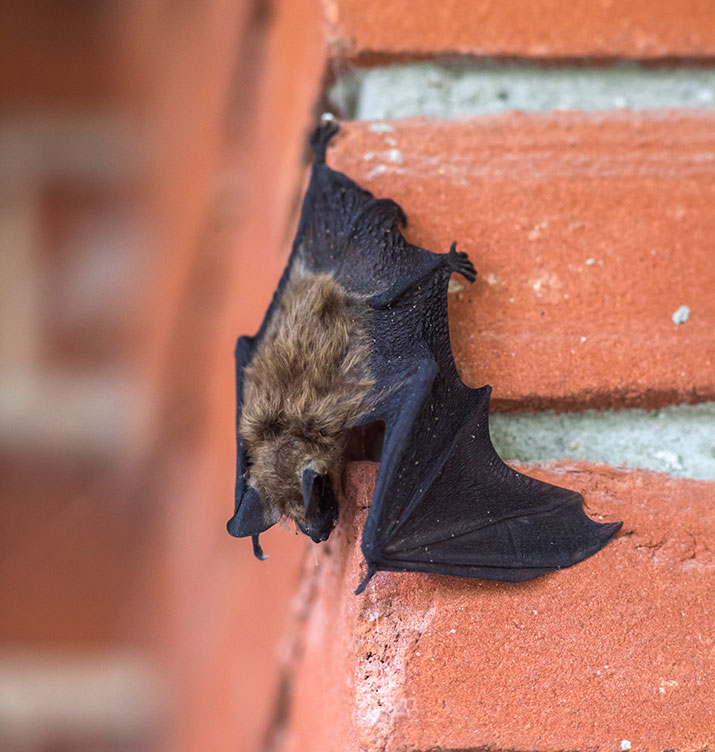
In 2014, the Species at Risk Act (SARA) listed the Little Brown, the Northern Myotis and the Tri-colored Bat as Endangered. An emergency meeting was called by Canada’s Committee on the Status of Endangered Wildlife in Canada to assess these bats as endangered, but it was two years later that they were finally listed by the federal government under SARA. These small mammals have been experiencing dramatic declines in Canada due to white-nose syndrome (WNS).
If you’ve been following the Canadian Wildlife Federation, you’ll know we’ve been worried about the state of our bats for some time now. And now the federal government is thankfully creating a recovery strategy to help bring back our bat populations to healthy numbers and protect their habitat. Naturally, CWF has several recommendations on their regard. If you care about bats too, please review our recommendations to the government below.
The federal government now has 60 days to consider all the comments they have received and revise the draft into a final recovery strategy.
IMMEDIATE ACTION
We believe the federal government should implement immediately that:
- All hibernacula (underground areas where bats overwinter) under federal jurisdiction with known, suspected, or potential use by any of the three bat species should be closed to the public and entrance granted solely under a SARA permit. Parks Canada has demonstrated their commitment to protecting bats in this manner and the rest of the federal government should follow suit.
- The federal government should work with the appropriate jurisdictions to ensure all hibernacula within WNS affected areas, regardless of land tenure, are off-limits to the public during the hibernation period. Any disturbance during hibernation in addition to that caused by WNS will increase the likelihood of mortality.
OUR CONCERN
The recovery strategy doesn’t adequately identify critical habitat to allow for survival and recovery of these three bat species. Key features are left out and it doesn’t account for new hibernation areas that will most certainly be found outside of the current mapping. The critical habitat becomes legally protected under SARA so this need to be more thoroughly identified.
CWF’S RECOMMENDATIONS FOR THE BAT RECOVERY STRATEGY
The decision to include certain parts of habitat (hibernacula) but not others (maternity roosts, areas adjacent to hibernacula, and swarming sites), that are biologically critical for bats to survive and recover is unjustified. These features are essential to survival and recovery of the three bat species and there is adequate information to include a description of these habitats in the recovery strategy.
The draft recovery strategy cites the omission is due to a lack of information; however, the Species at Risk Act instead compels the federal government under such circumstances to use the precautionary approach, specifically indicating that “if there are threats of serious or irreversible damage to a wildlife species, cost effective measures to prevent the reduction or loss of the species should not be postponed for lack of full scientific certainty” (SARA, 2002). The recovery strategy is required to be a science document outlining all areas needed for the survival and recovery of the species regardless of where it is found and regardless of land tenure.
In short, the critical habitat in the draft recovery strategy requires marked improvements. Regardless of land tenure, critical habitat needs to include maternity roosts, buffers around hibernacula, swarming areas and account for new locations of these features found outside of the current mapping. To accomplish this, the recovery strategy should rely on a description of maternity roosts and important swarming areas, rather than specific locations, similar to what was done in defining critical habitat for hibernacula. Scientific knowledge of maternity roost characteristics is sufficiently developed to inform a description of these sites. The recovery strategy should also define a buffer around hibernacula (rather than only the subterranean features) ensuring an intact landscape around these sites. And finally, the wording needs to be altered such that new locations of hibernacula, maternity roosts and important swarming areas found outside of the mapped areas will automatically be included as critical habitat.
Rather than avoiding the challenge with respect to private dwellings and land tenure, the scenario presents an ideal opportunity to engage the Canadian public in a nation-wide conservation effort. The general population has the ability to contribute immensely to bat recovery through reporting of bat occurrences, monitoring maternity roosts, maintaining habitat and carrying out bat-friendly practices with respect to their home. CWF has witnessed the desire of Canadians to help endangered bats through our outreach campaigns.

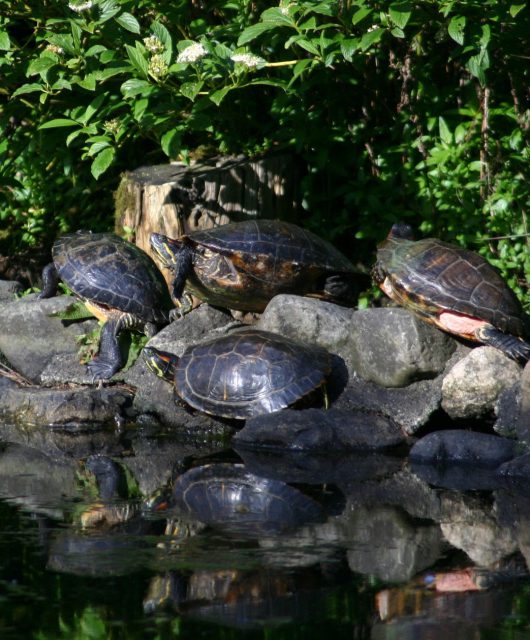
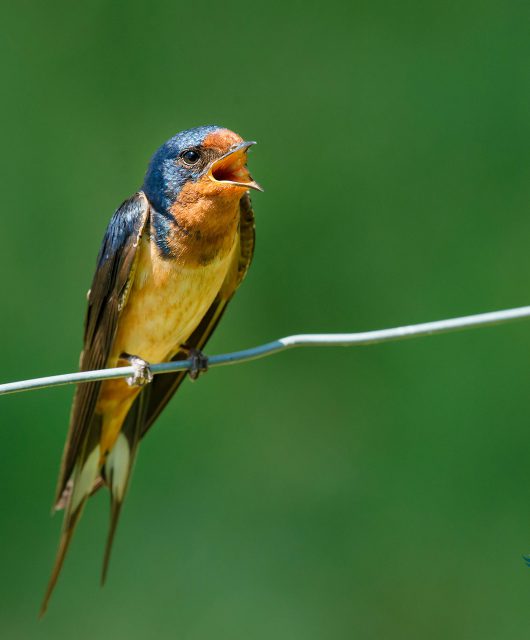

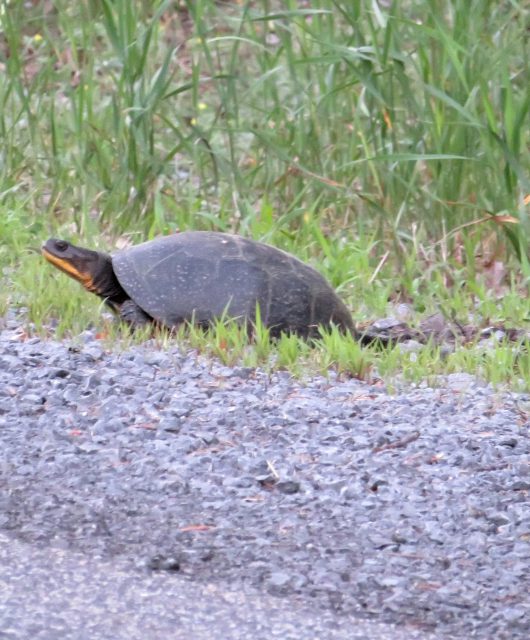
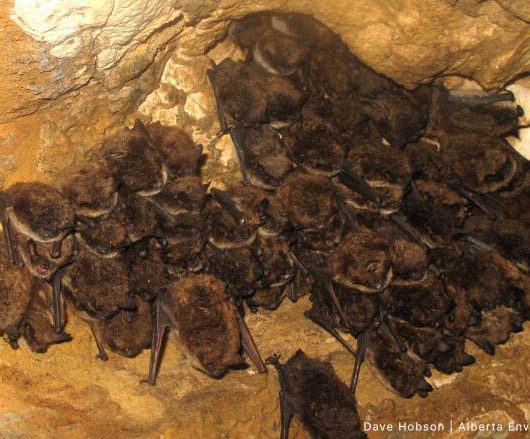
4 comments
This strategy sounds inclusive and well thought-out. I joined CWF recently as a monthly donor and as well gave a separate donation. I’m so glad I did. You do such good and important work for all the wildlife and their habitats/ I’ve learned so much about critters that I previously never knew and have come to love them all. Never, ever thought I’d say that about bats but I do love them! I’ve always loved all animals like cats and dogs and wildlife in Africa where I’ve been twice but never was enticed to all the life right around me and in other parts of Canada. I am now, due to your daily posts to my face book page. Thank you for that!
Please keep up the good work (I know you will) and don’t be gentle with the government!
Take good care,
we need to do whatever we can to aid in the recovery of our endangered bat population – strong measures!
Agreed! One of the most dangerous parts of this whole situation is the magnitude and speed of the spread. Cave exploration by people likely brought this fungus from Europe and infected equipment is the death toll. I think that steps of this magnitude are needed – because bats have just one pup a year. They don’t breed like so many other mammals – the recovery (if possible) is going to be slow
We have a long way to go in convincing the public that bats are not flying rats harbouring rabies. Even otherwise wildlife friendly acquaintances will kill any bats they find roosting in their attic rather than providing mutually acceptable living conditions. It will be hard to convince a government who has nothing to lose by not listening. We need to provide solutions to individuals who will then pressure the politicians.